The vogue for hanging wall masks of chic young ladies was at its peak in the Art Deco era of the 1930s. Clarice Cliff, one of the most famous Art Deco designers, produced a number of ‘wall medallions’ for her Bizarre range by Wilkinson, which are hanging in the Carnival & Cabaret exhibition. In the 1980s, the designer Peggy Davies recalled that she modeled many of these without credit when she worked for Clarice in the 1930s before joining Royal Doulton.
Face masks have a long history in art. African tribal masks began to be collected in Europe when the continent was opened up by missionaries in the 19th century. By the early 1900s, primitive masks were a major influence on avant-garde artists such as Picasso, Modigliani, and Brancusi. The new abstract art revolutionized European design of the 1920s and 30s. The Dada artist, Man Ray, symbolized the union of primitive art and modern sophistication in his evocative photograph entitled Noire et Blanche. Tribal masks also influenced cosmetic advertisements from the 1930s and the woman’s face was often portrayed as a beauty mask with the latest make-up products.
The Polish painter and illustrator, Wladyslaw T. Benda became famous for the papier-mâché face masks that he made for masques and stage productions in New York during the 1920s and 30s. He was so well known that his name became synonymous with any lifelike mask. Articles about Benda and his masks appeared regularly in the magazines that carried his illustrations such as Life and Colliers. He also wrote a book Masks, which was a study of his own designs and unique construction techniques.
The distinguished sculptor Richard Garbe produced three striking limited edition wall masks for Royal Doulton in ivory glaze and a matt green finish during the 1930s, including the exotic Lion of the East, Saint Agnes, the patron saint of chastity, and Lachesis one of the three Fates, who determines destiny. WMODA has a unique gold version of Fate, based on Garbe’s bronze sculpture of 1921, which is on display in the Art Deco gallery.
Masks were also a feature of the Italian Commedia del Arte which became very fashionable in the 1920s. The masked characters of Harlequin and Punchinello inspired Venetian carnival masks as can be seen with the authentic Venetian masks made by Balocoloc, which are currently on sale at the WMODA shop. Masquerade balls from the Tudor court to the Jazz Age have motivated Royal Doulton artists to model a succession of masked figurines for their famous HN collection.
By the 1930s, masks had become chic accessories for the walls of suburbia. This new taste in home décor included masks inspired by Hollywood movie stars such as Marlene Dietrich, Greta Garbo and Shirley Temple, which were designed by Royal Doulton artists. The Beswick studio, later part of the Royal Doulton group, also produced stylish masks of glamorous women with different colors for hair, eyes, and lipstick. The outbreak of World War II put an end to all this frivolity and the vogue for wall masks ended. However, they are being revived at WMODA for the ceramic mask making demonstration and class being held by Laurence Panadero on March 7th and 23rd.
Related pages
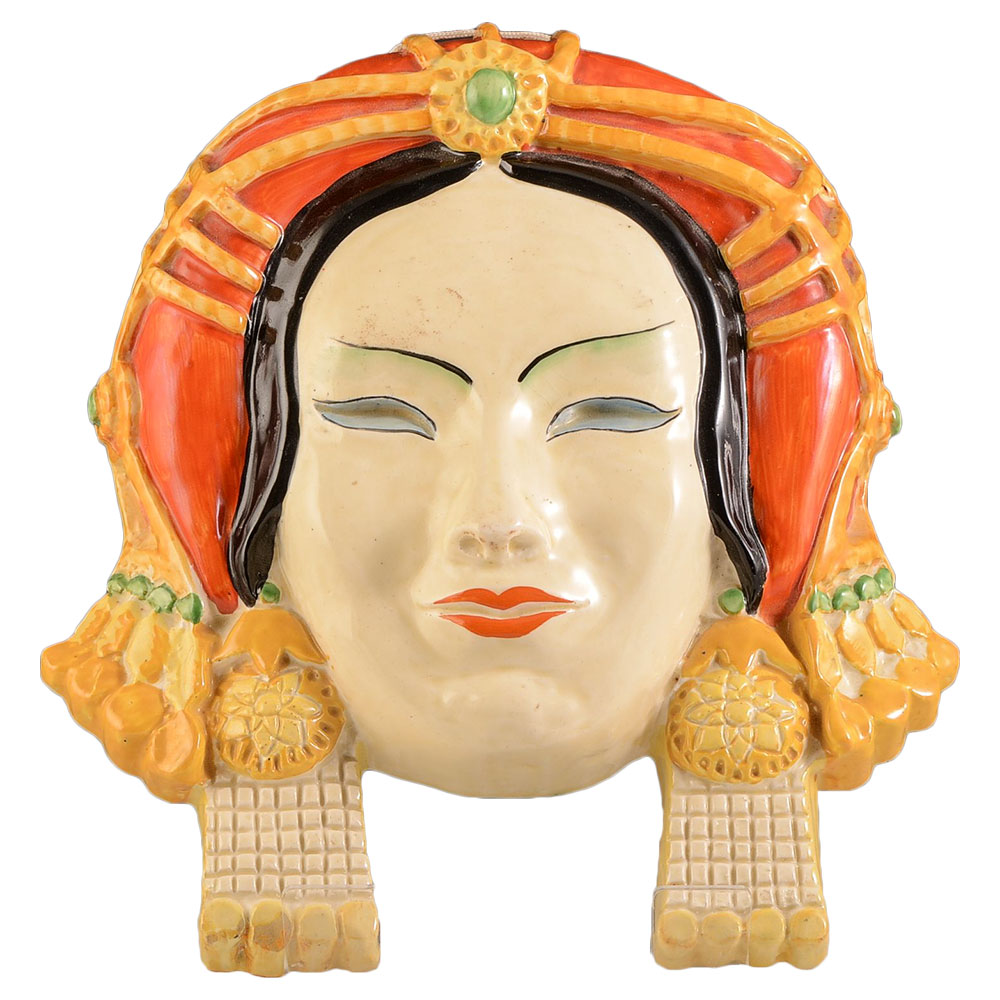
Clarice Cliff Chahar c.1930
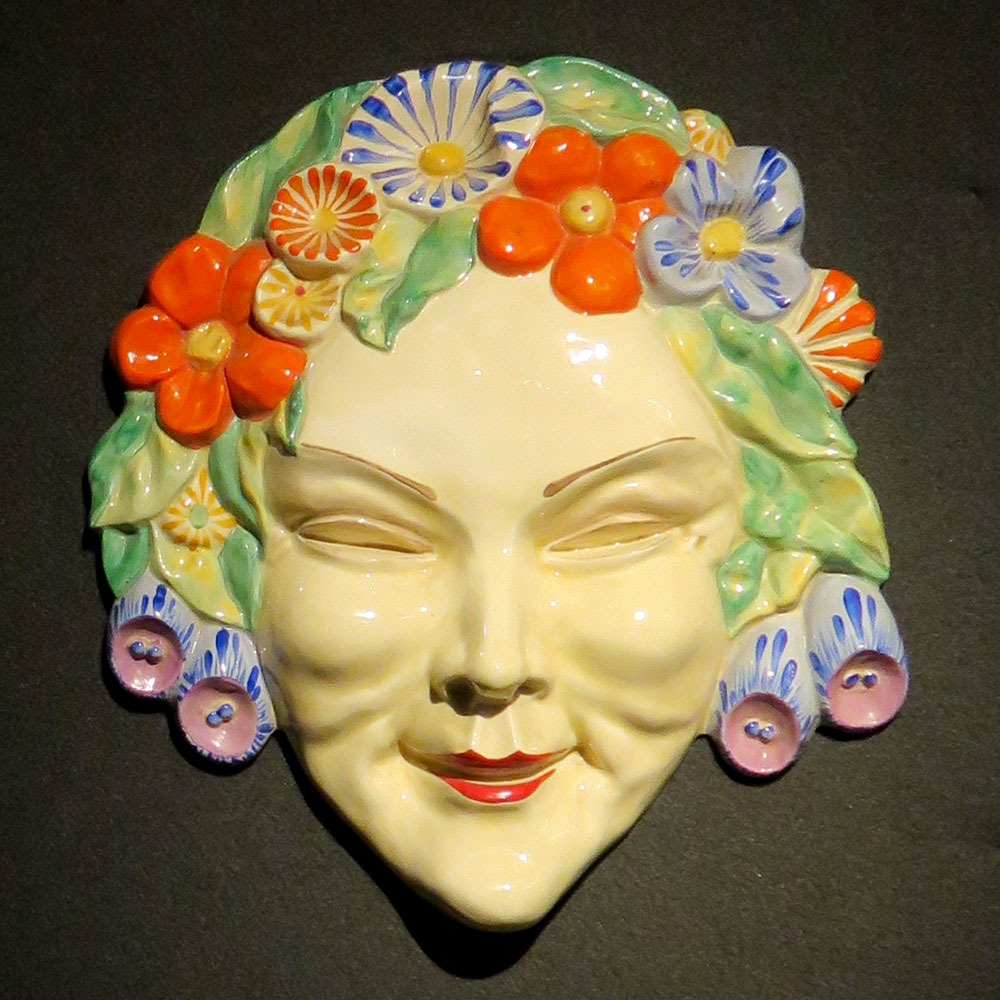
Clarice Cliff Flora c.1930
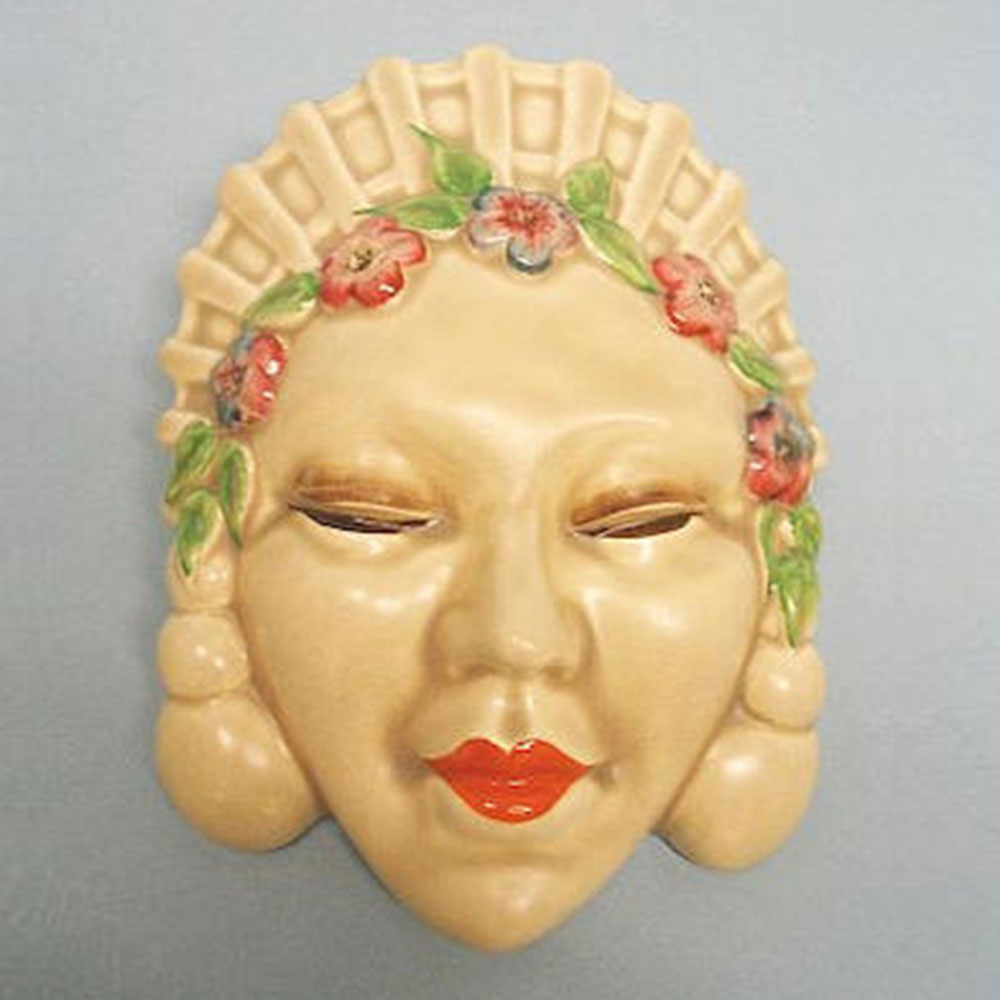
Clarice Cliff Marlene c.1930

Benda Masks
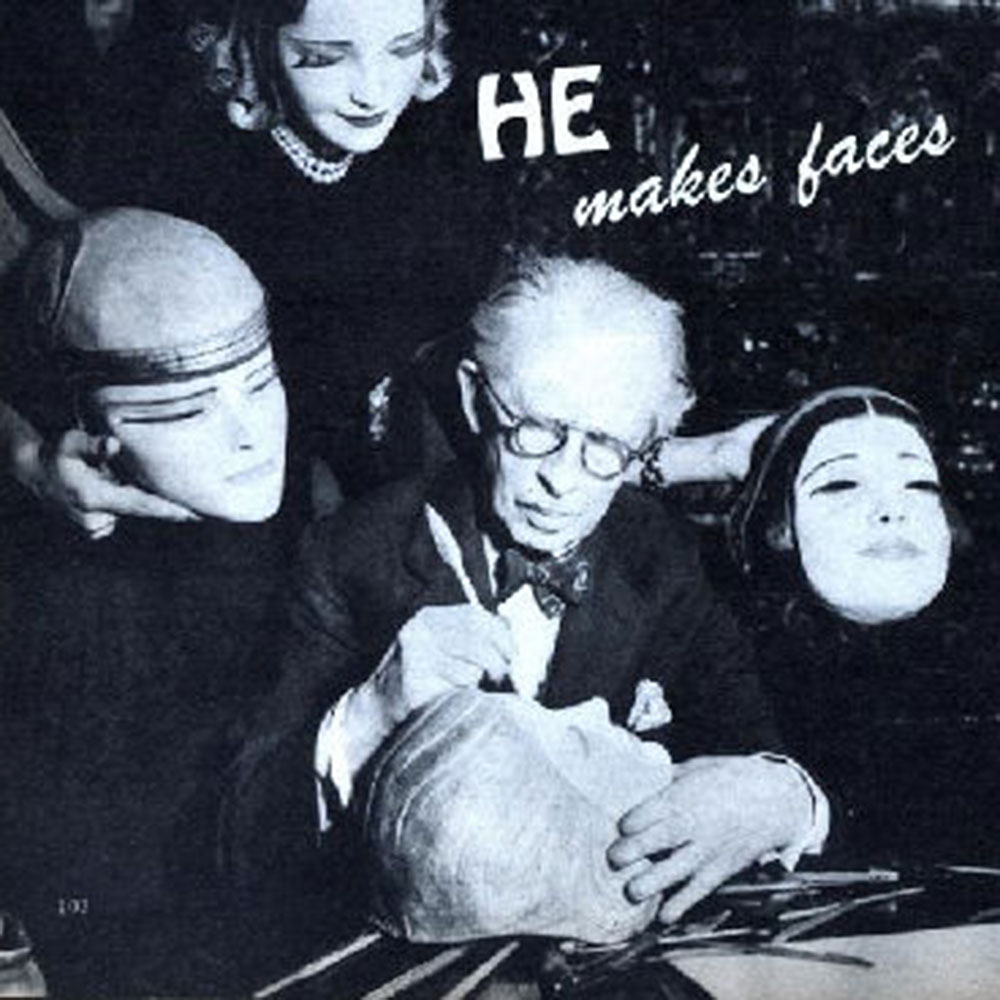
Benda Masks
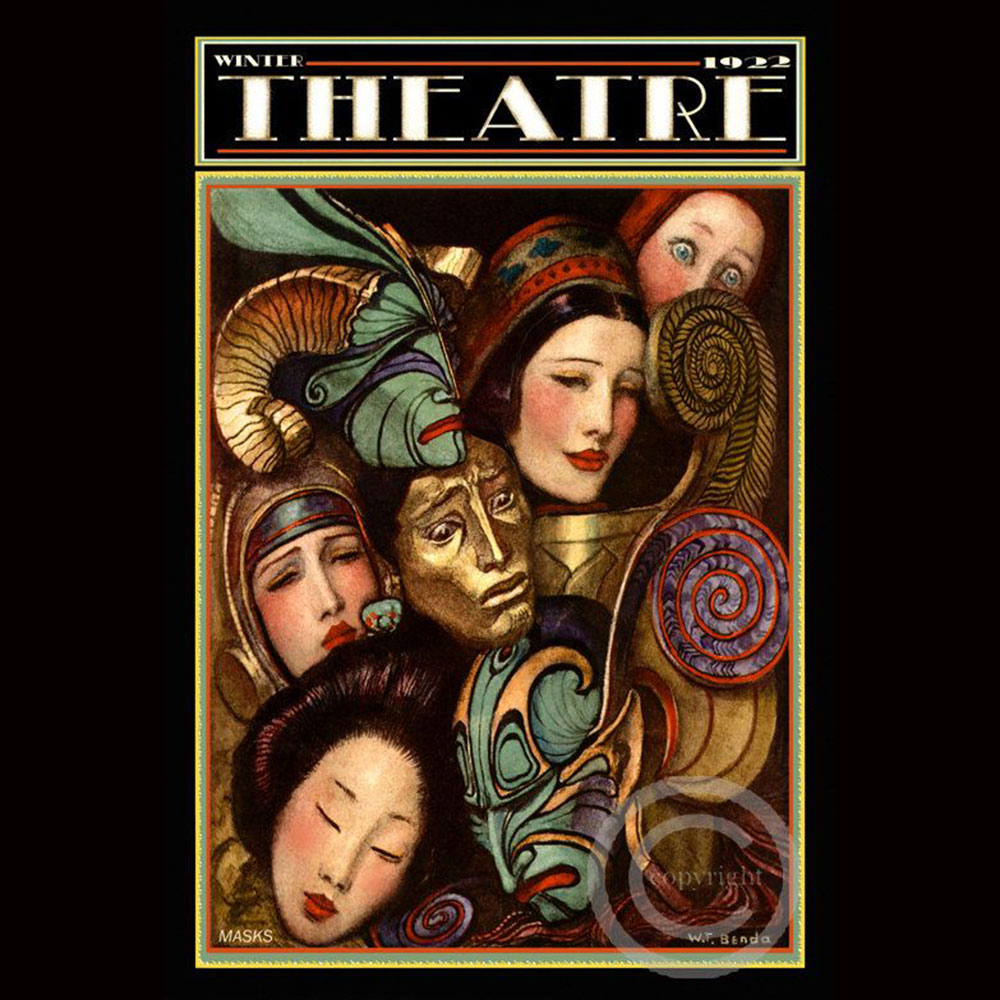
Benda Masks
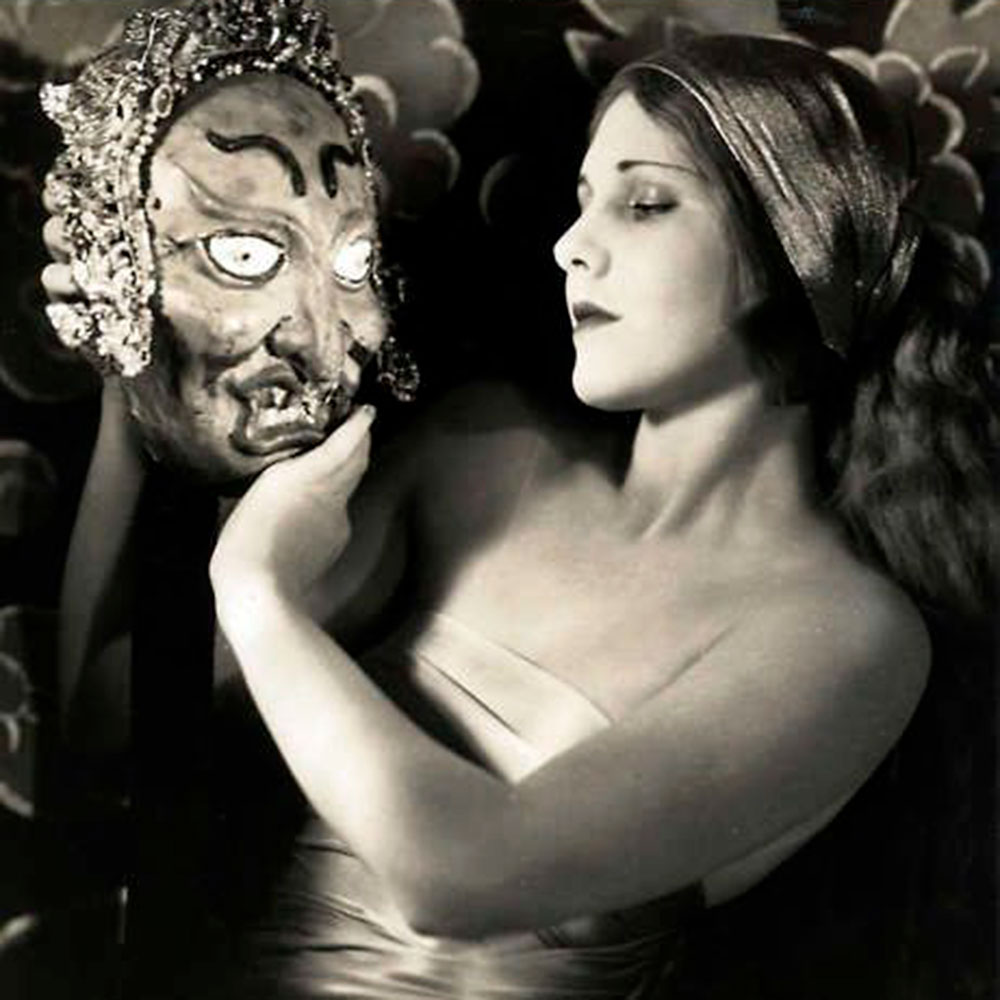
Benda Masks
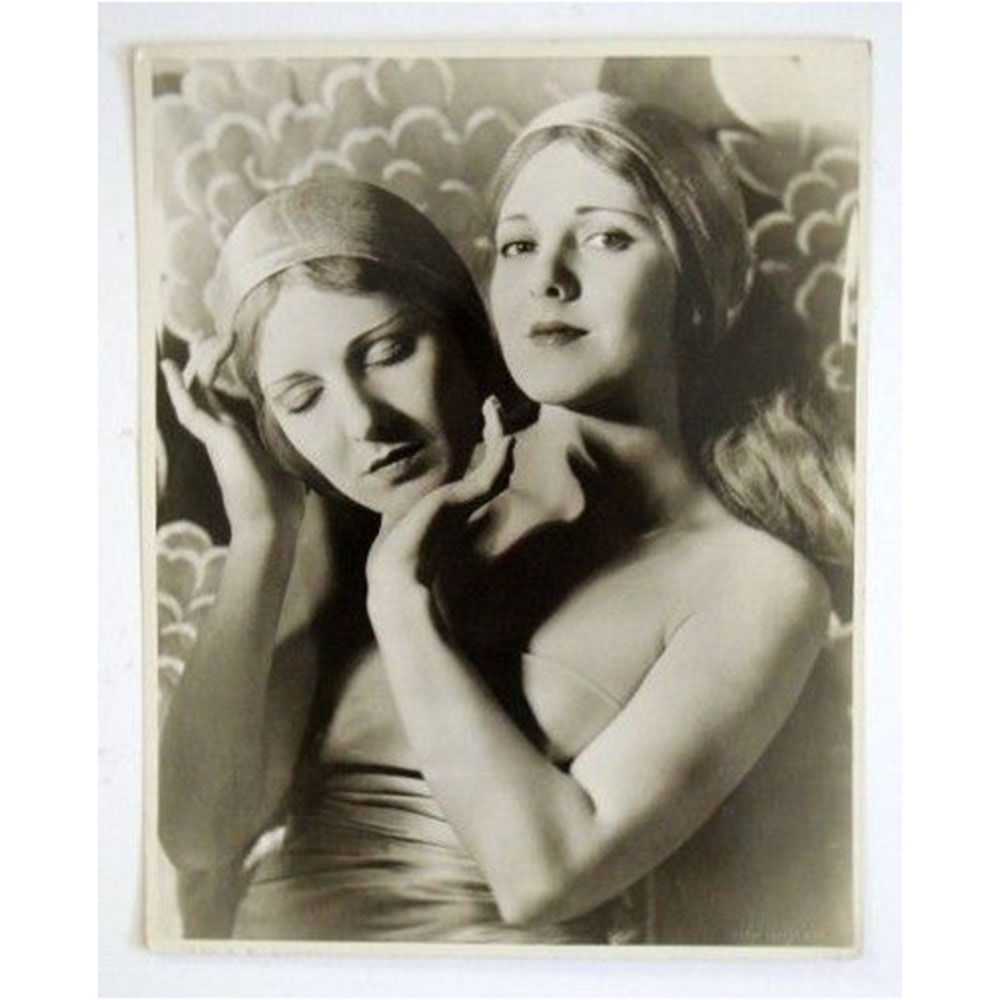
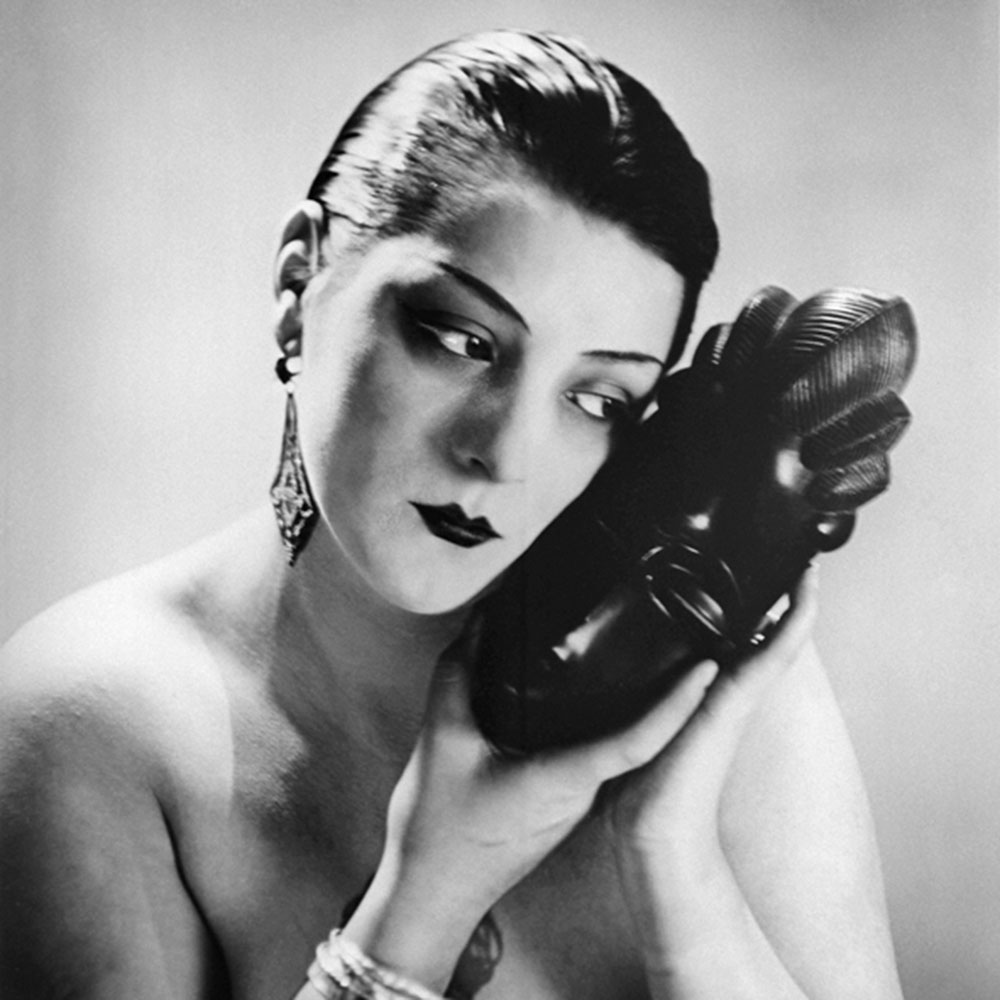
Man Ray Noire et Blanche 1926
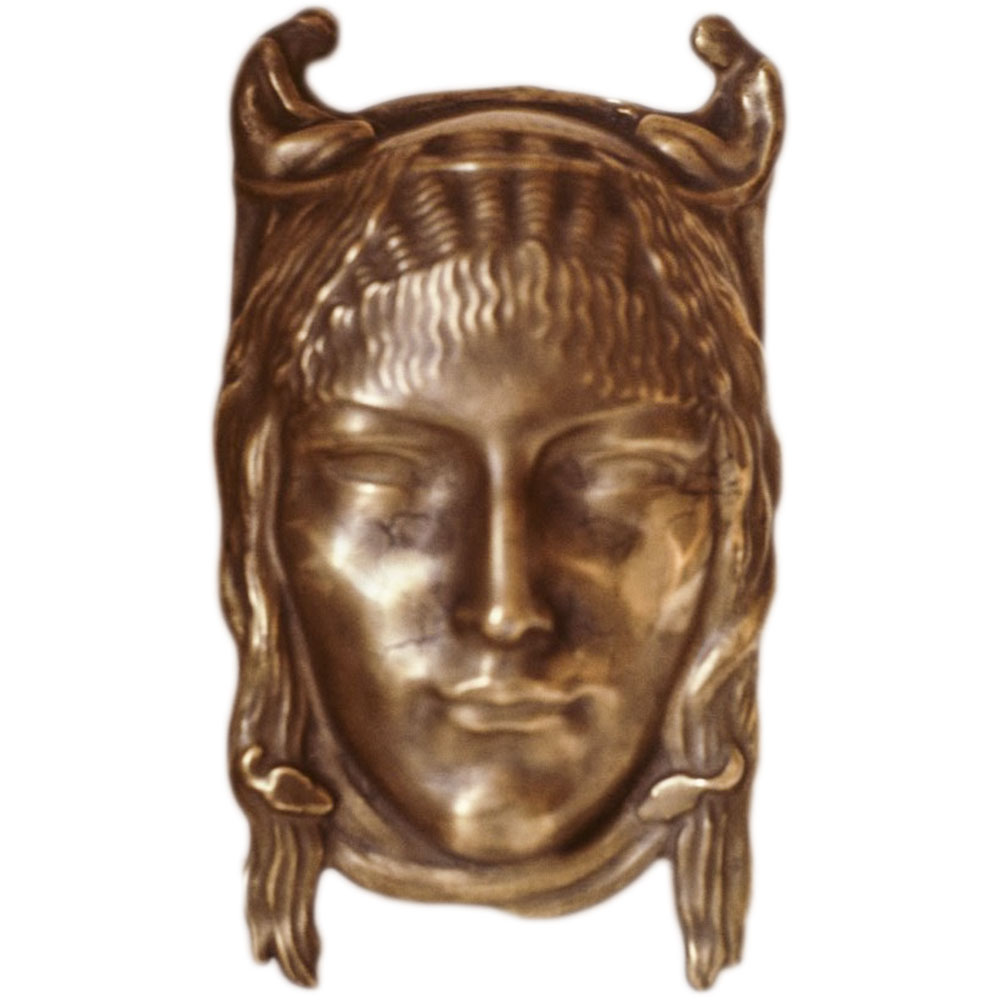
Fate by R. Garbe 1935
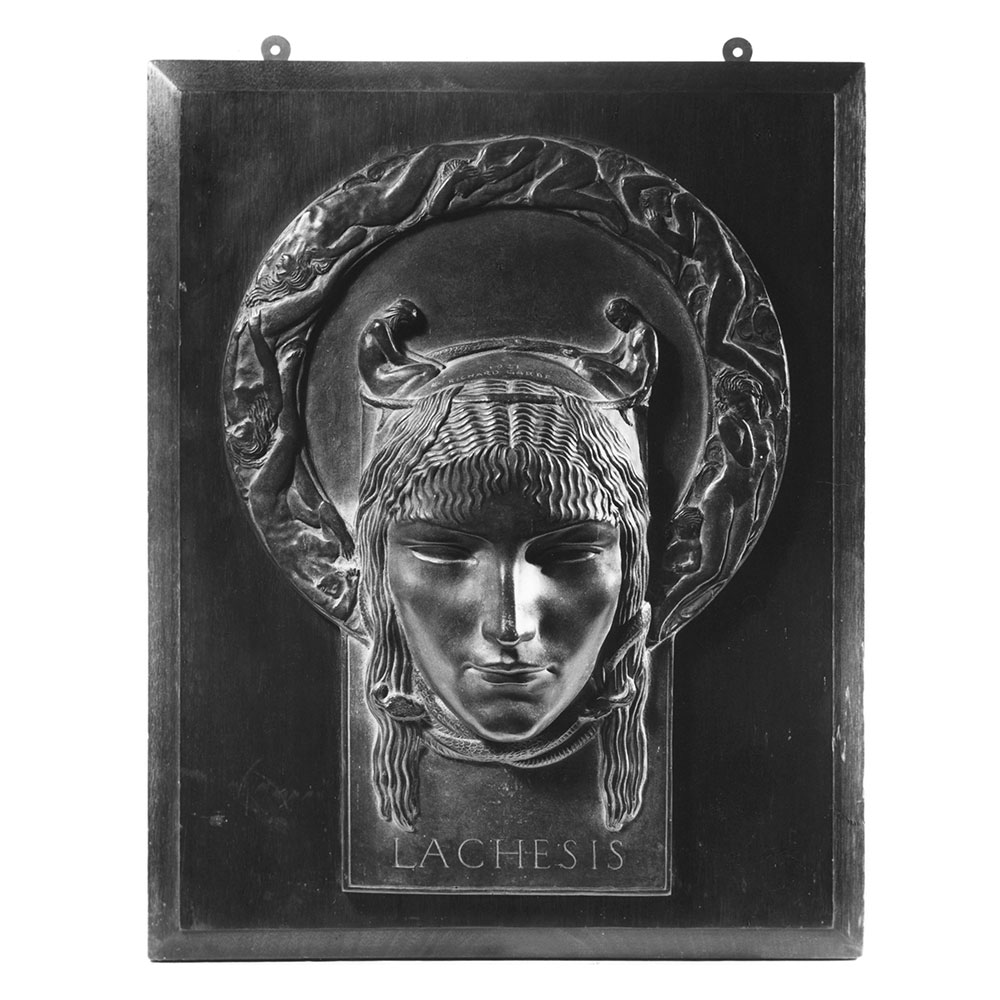
Lachesis by R. Garbe 1921
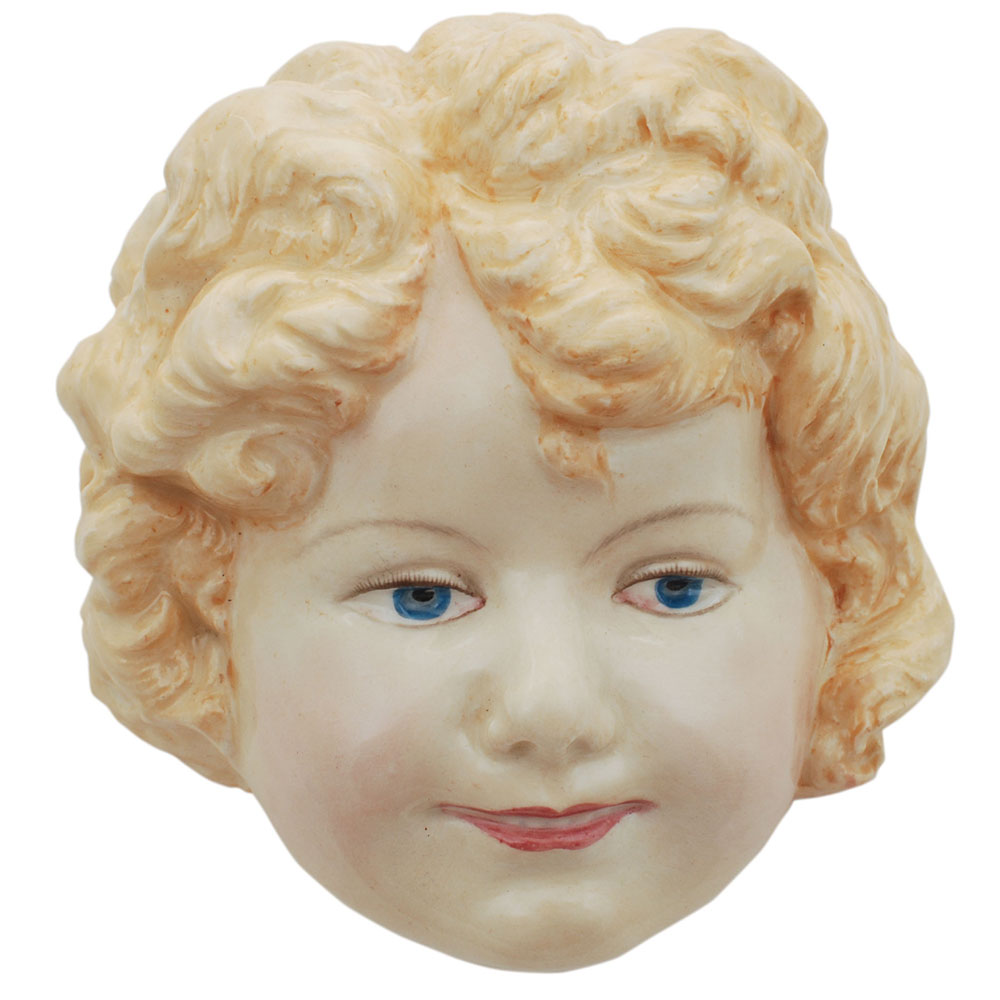
Royal Doulton Shirley Temple 1933
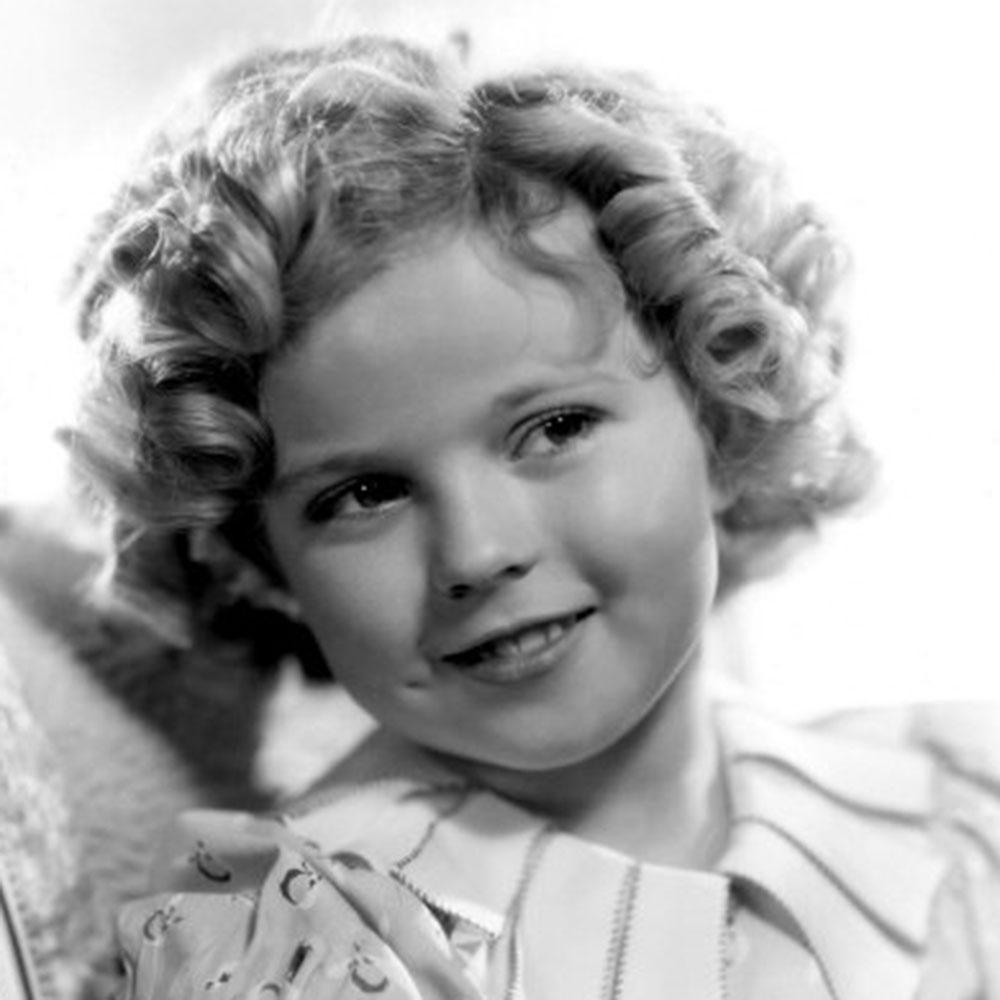
Shirley Temple
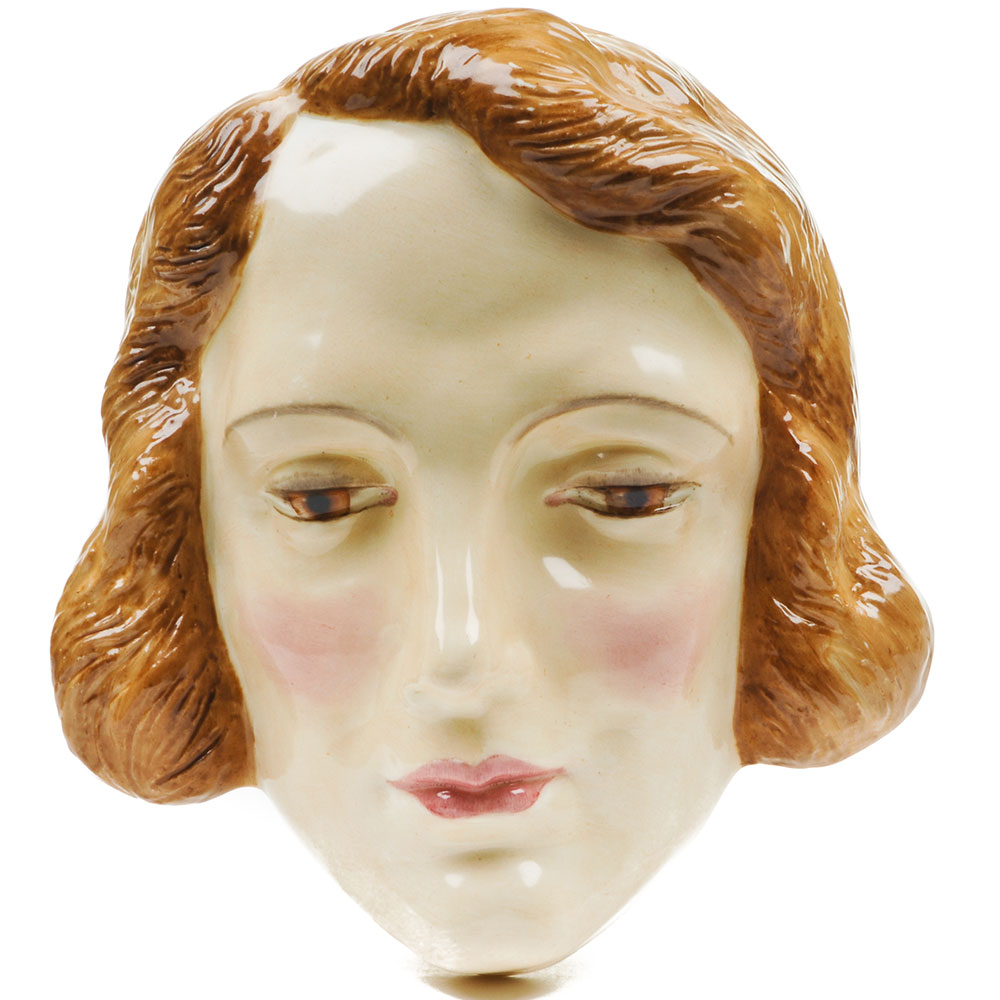
Royal Doulton Marlene Dietrich 1933
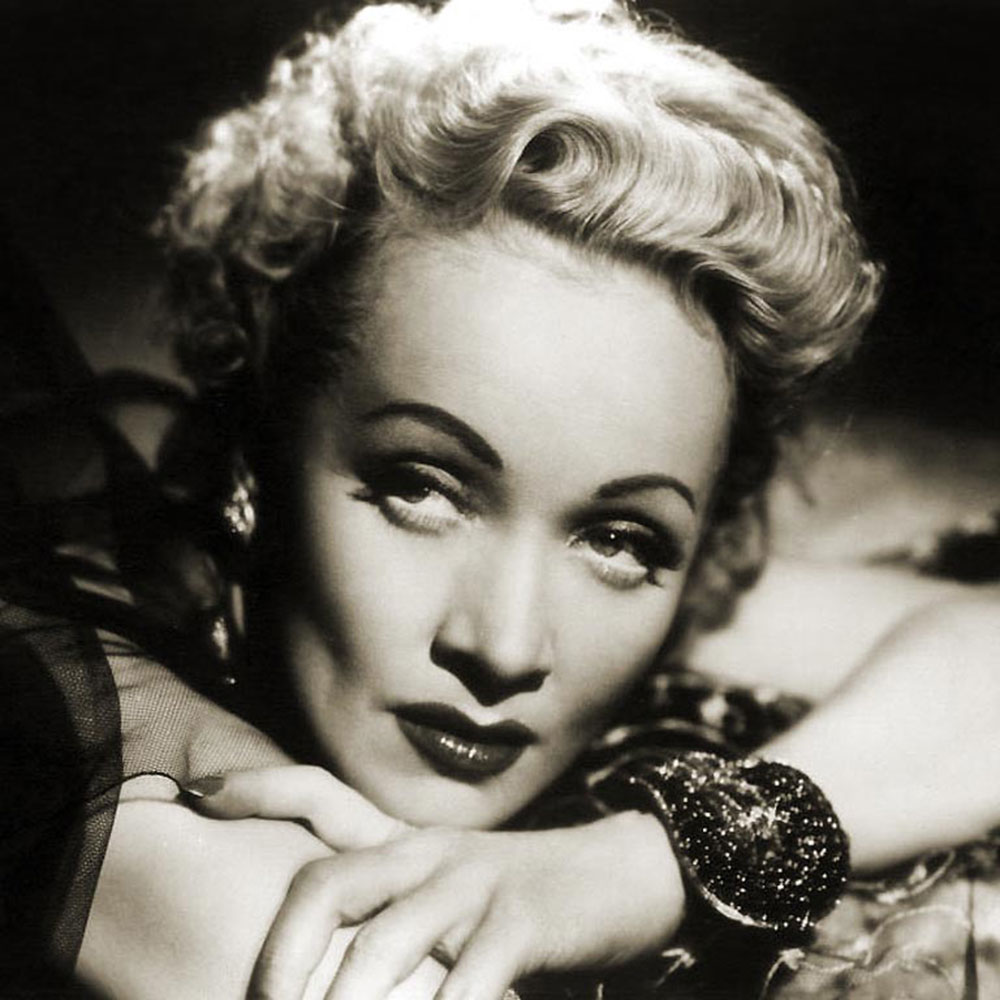
Marlene Dietrich
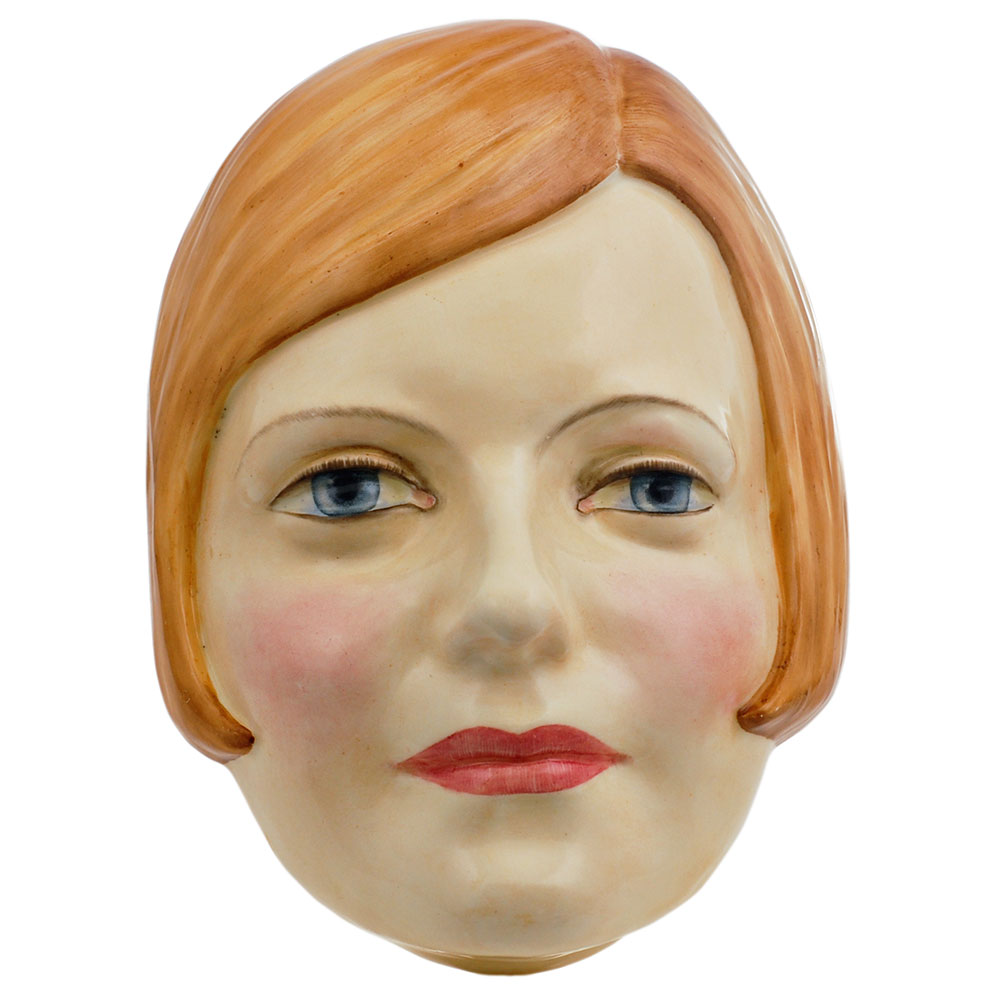
Royal Doulton Greta Garbo 1933
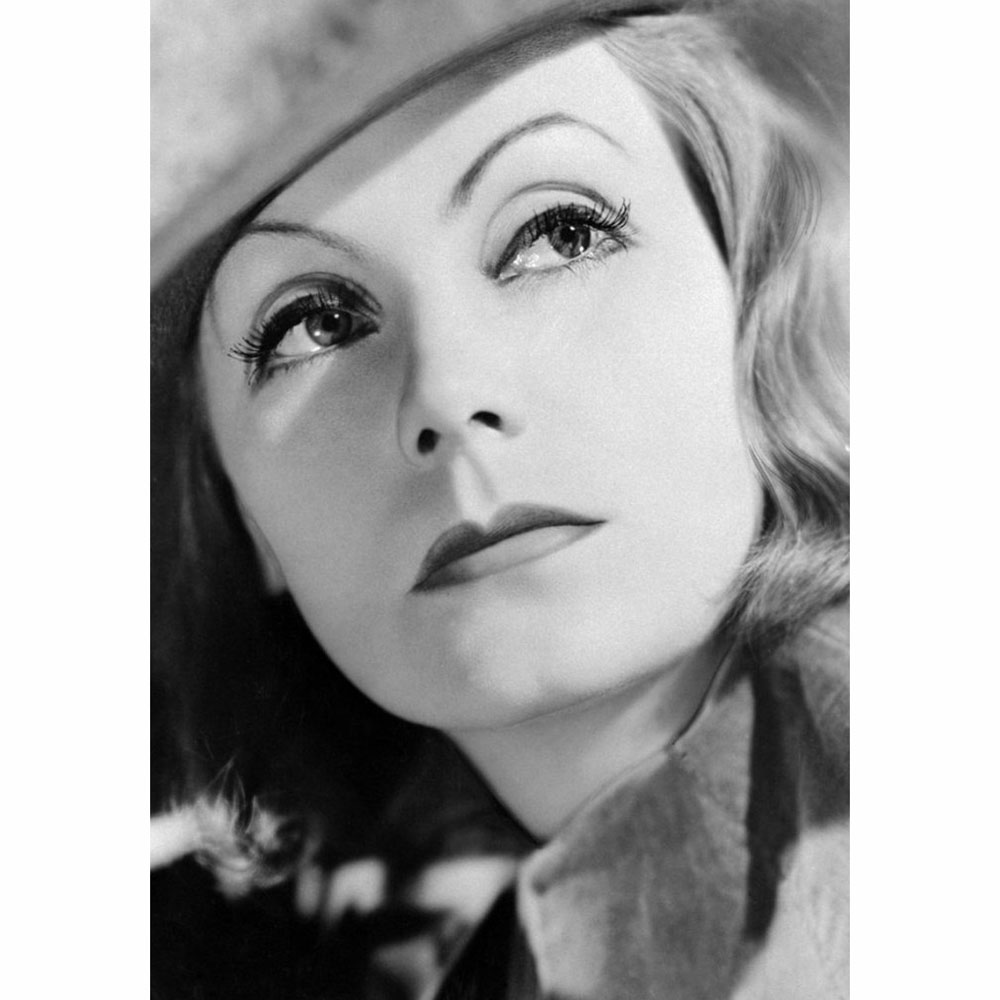
Greta Garbo
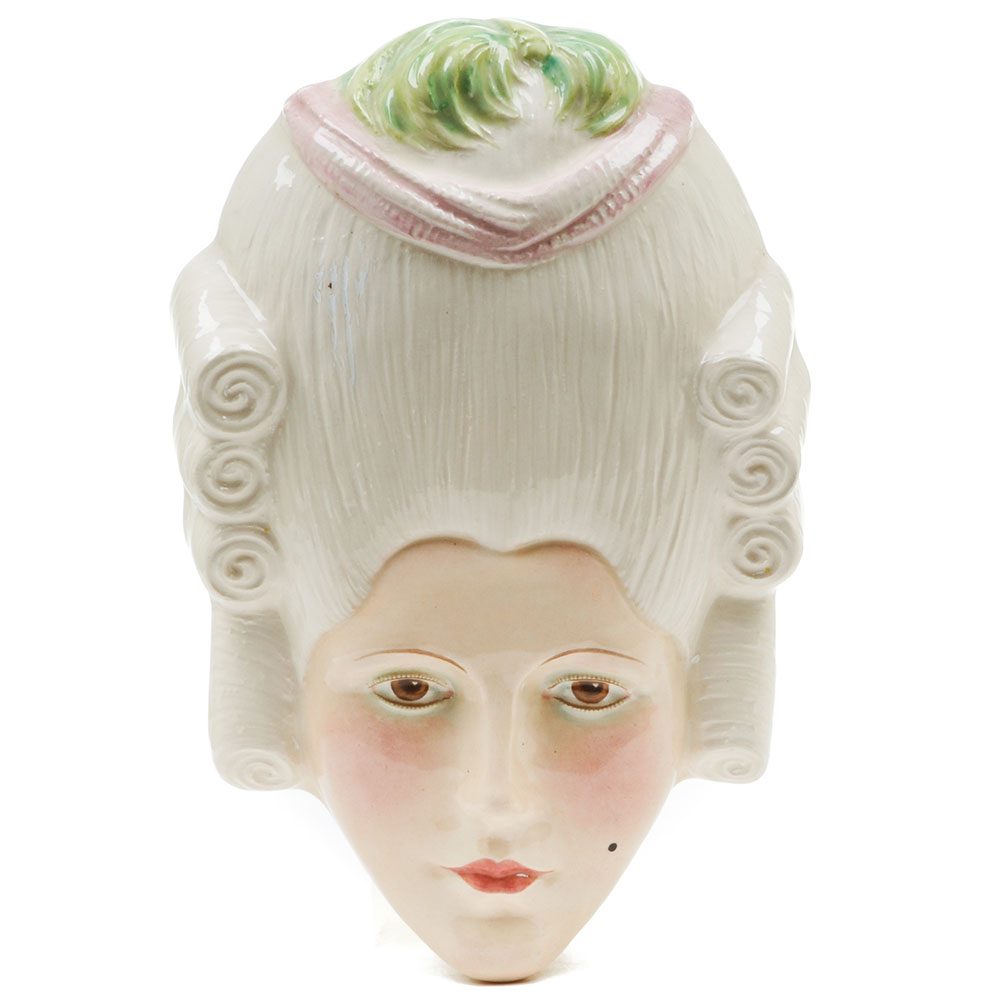
Royal Doulton Madame Pompadour 1937
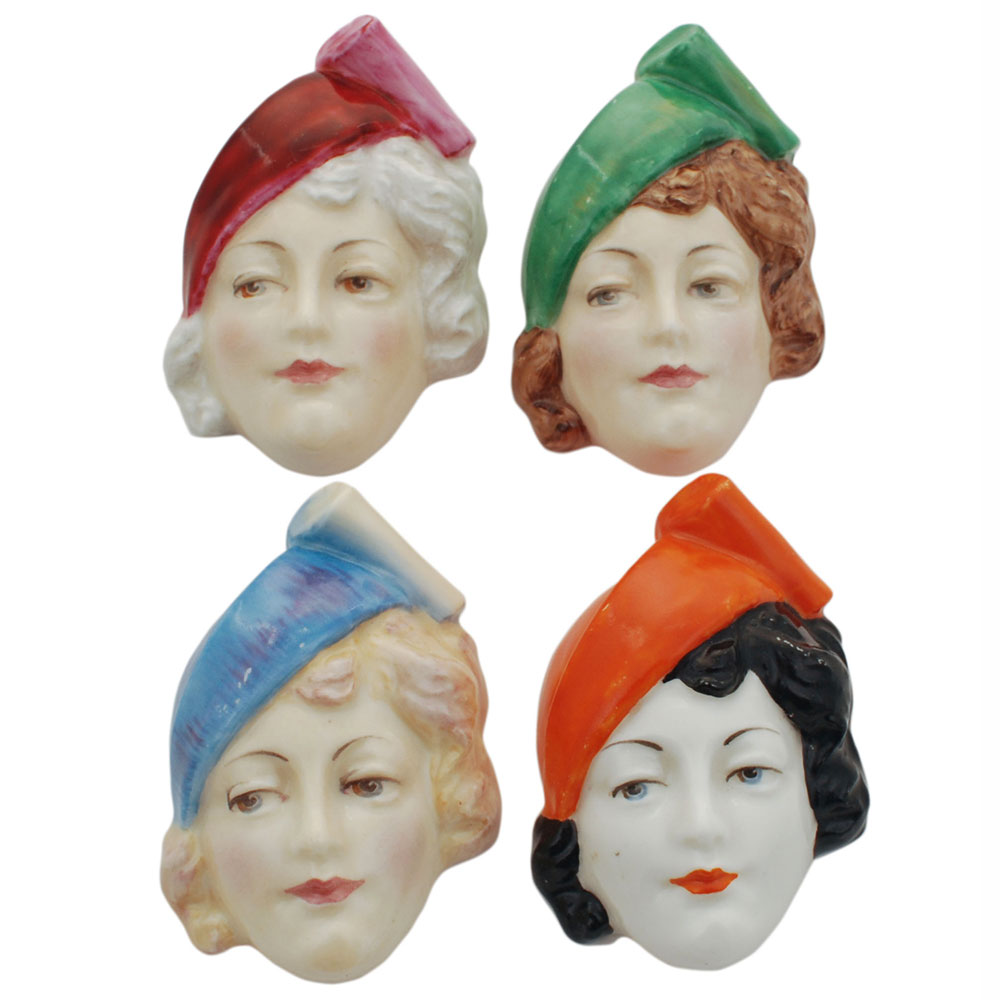
Royal Doulton Mini Masks 1934
